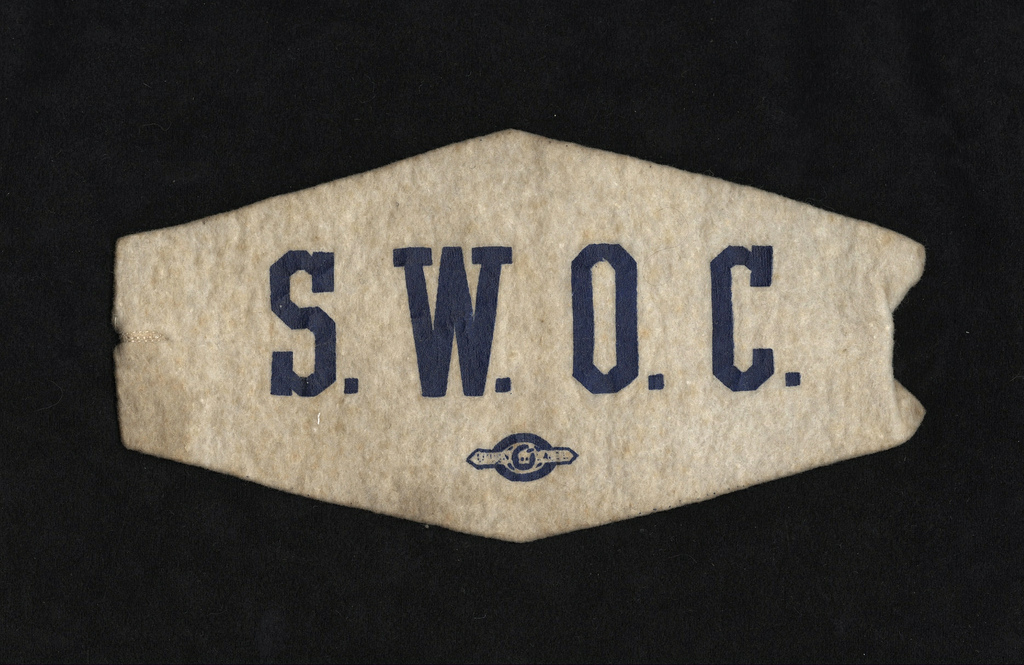
On this day in labor history, the year was 1937.
That was the day SWOC leader Philip Murray beat back reports that the Little Steel Strike had collapsed.
Even as the Steel companies were championing that the strike had been broken, Murray insisted that of the 90,000 workers involved, only 20,000 had returned to work in mills that stretched across seven states.
He added they were mostly supervisors and foremen, not production workers.
Murray leveled charges against Ohio governor Martin Davey, that the Ohio National Guard was being used as company police to smash the strike.
Strike leaders added that the companies were staging ‘dummy’ back-to-work parades.
In fact, Secretary Perkins had announced that it was the government’s efforts at mediation that had collapsed.
But the steel magnates were on the offensive and had the backing of local politicians and police.
George Mike, a union man and disabled veteran was the latest casualty in the anti-labor war.
He was killed the day before at Moltrup Steel in Beaver Falls, Ohio, as picketers clashed with deputy sheriffs.
In Indiana, police rushed to plant gates at Inland Steel to guard against new battles as 20,000 strikers prepared for the imminent forced reopenings of Inland Steel and Youngstown Sheet and Tube there.
Both mills remained closed for weeks.
In Warren, Ohio, police issued a warrant for CIO strike leader Gus Hall and two other strike leaders, on charges he was the ‘brains’ behind a ‘terrorist’ plot to blow up strike-bound steel mills.
And at Bethlehem’s Cambria Works in Johnstown, Pennsylvania, two separate dynamitings destroyed main water supplies causing an immediate end to an attempted back-to-work movement there.
The strike was far from over.
More Episodes
 2024-04-24
2024-04-24
 2024-04-23
2024-04-23
 2024-04-22
2024-04-22
 2024-04-21
2024-04-21
 2024-04-19
2024-04-19
 2024-04-17
2024-04-17
 2024-04-16
2024-04-16
 2024-04-14
2024-04-14
 2024-04-13
2024-04-13
 2024-04-12
2024-04-12
 2024-04-11
2024-04-11
 2024-04-10
2024-04-10
 2024-04-09
2024-04-09
 2024-04-08
2024-04-08
 2024-04-07
2024-04-07
 2024-04-06
2024-04-06
Create your
podcast in
minutes
- Full-featured podcast site
- Unlimited storage and bandwidth
- Comprehensive podcast stats
- Distribute to Apple Podcasts, Spotify, and more
- Make money with your podcast
It is Free
- Privacy Policy
- Cookie Policy
- Terms of Use
- Consent Preferences
- Copyright © 2015-2024 Podbean.com




